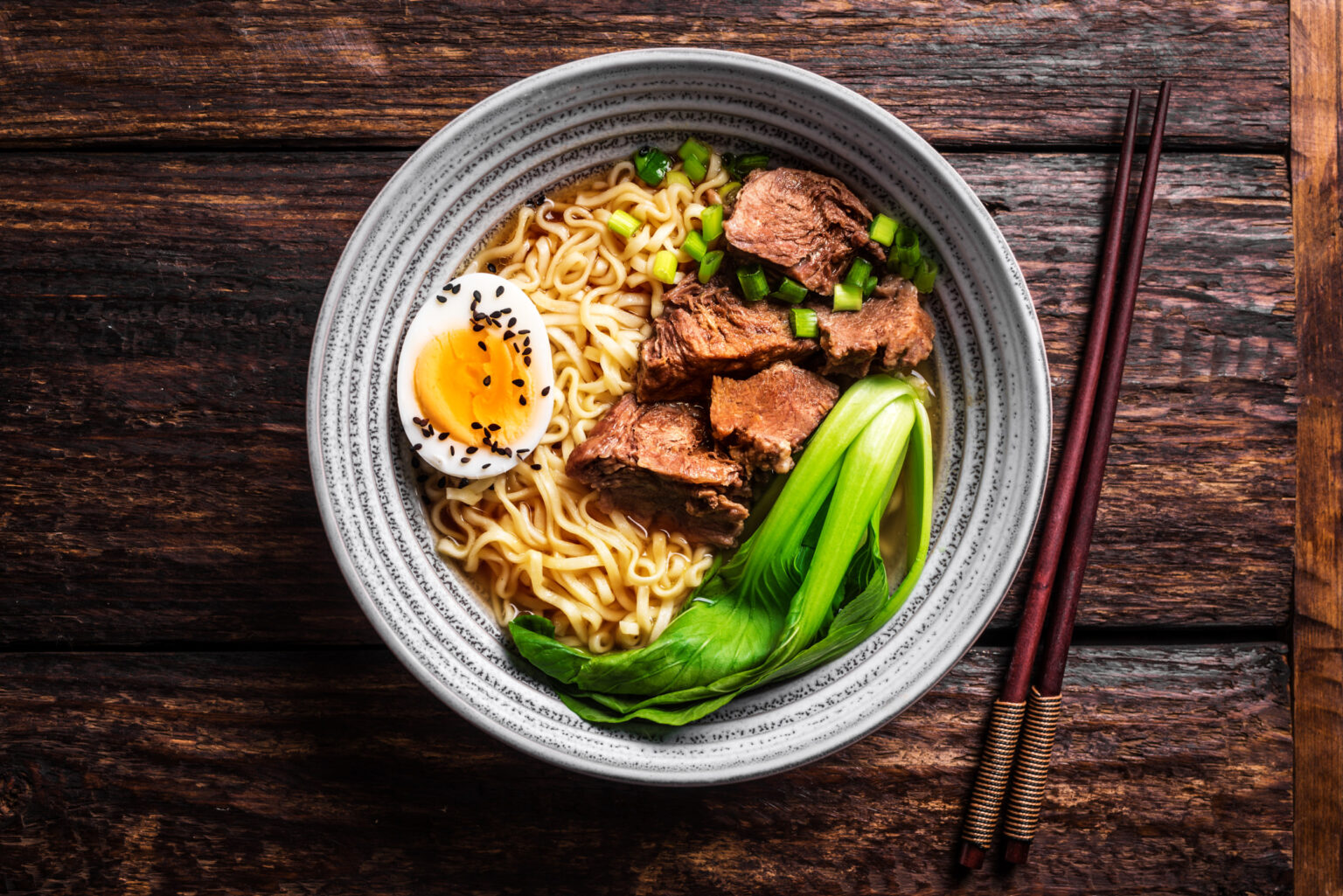Newsweek AI is in beta. Translations may contain inaccuracies—please refer to the original content.
Read original
🎙️ Voice is AI-generated. Inconsistencies may occur.
The recall of thousands of ramen noodles cases, issued after a labeling error, has been given the U.S. Food and Drug Administration’s (FDA) second highest risk warning: a Class II.
Kobayashi Noodle USA recalled 3,745 cases of its Raw Ramen Noodle on August 5 after package labels failed to identify soy as the source of lecithin, the FDA said.
The recall was listed as a Class II event, the middle of three possible hazard classifications, by the FDA on Monday. The products were distributed in California, the agency said.
Newsweek contacted Kobayashi Noodle USA for comment outside of regular office hours on Thursday.
Why It Matters
The FDA classifies this recall as Class II, which the agency describes as a situation “in which use of or exposure to a violative product may cause temporary or medically reversible adverse health consequences or where the probability of serious adverse health consequences is remote.”
The presence of an undeclared major allergen on a food label can put people with allergies at risk. U.S. law requires the identification of nine major food allergens on product labeling: milk, eggs, fish, shellfish, tree nuts, peanuts, wheat, soybeans, and sesame.
What To Know
- Products recalled: Raw Ramen Noodle distributed in 10-lb. bulk packaging (brown cardboard box with generic label). Product descriptions in the FDA event record identify items as Raw Ramen Noodle HA #22W (16049) and Raw Ramen Noodle HA #22W (4942).
- Recall numbers: H-0502-2025 and H-0503-2025, per the FDA event record.
- Classification: Class II.
- Lot numbers affected: Multiple lot numbers are listed in the FDA record, including lots 911, 916, 919, 932, 935, 940, 945, 950 and a larger series identified as Lot#893 through Lot#951
- Product quantity: The FDA event record shows two batches totaling 945 cases (first batch) and 2,800 cases (second batch), for a combined total referenced in reporting as 3,745 cases.
- Reason for recall: The package label did not declare soy as the source for the lecithin ingredient.
- Distribution: The FDA record indicates distribution in California.
What People Are Saying
Food safety expert Darin Detwiler, adviser to the Alliance for Recall Ready Communities, told NTD: “Such recalls are often triggered by supplier notifications or routine product testing, with common causes being reports of allergic reactions or the discovery of undeclared allergens upon reviewing ingredient lists.”
FDA inspectors carry out a hazard assessment before issuing one of three risk levels. The three classifications are:
- Class I—a situation in which there is a reasonable probability that the use of, or exposure to, a violative product will cause serious adverse health consequences or death.
- Class II—a situation in which use of, or exposure to, a violative product may cause temporary or medically reversible adverse health consequences or where the probability of serious adverse health consequences is remote.
- Class III—a situation in which use of, or exposure to, a violative product is not likely to cause adverse health consequences.
What Happens Next
The recall remains ongoing.
Newsweek is committed to challenging conventional wisdom and finding connections in the search for common ground.
Read the full article here


